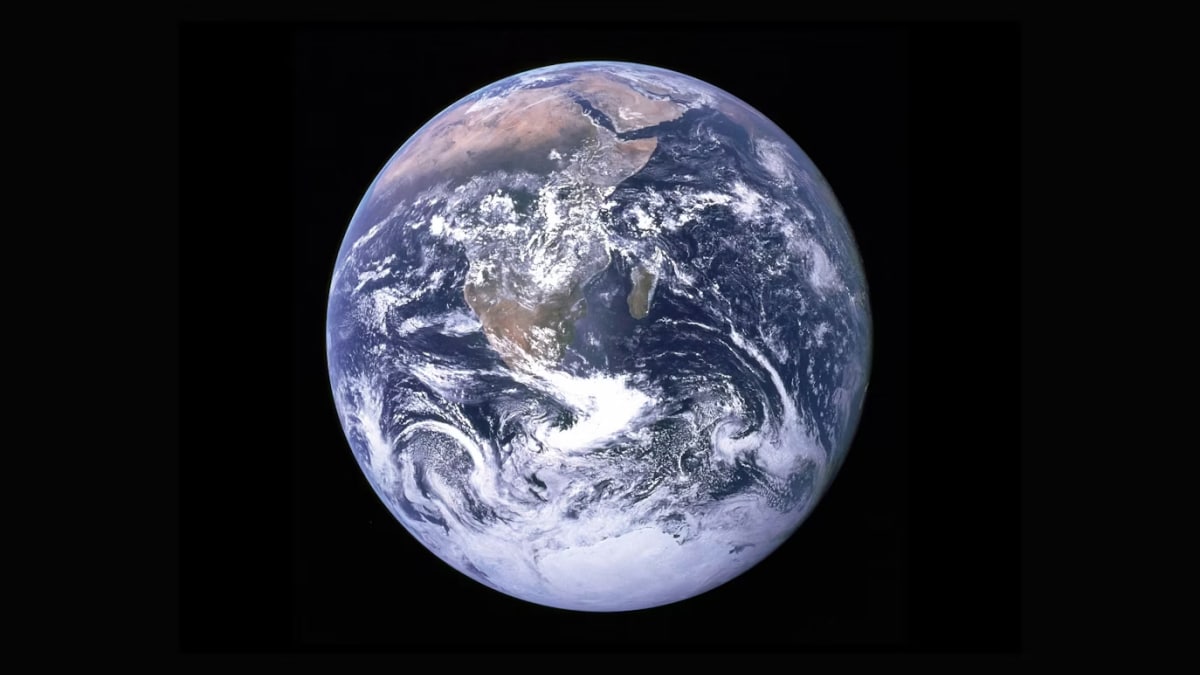Exploring the Mysteries of Saturn and Earth’s Potential Rings
Among all the planets in our solar system, Saturn stands out with its magnificent rings, an iconic feature that distinguishes it from its celestial neighbors. Recent scientific research suggests that Earth may have once possessed a similar ring structure, hinting at intriguing possibilities about our planet’s past.
Evidence of Ancient Rings on Earth
A recent study published in Earth and Planetary Science Letters presents compelling evidence that Earth may have had its own ring, formed approximately 466 million years ago. This discovery is based on geological data suggesting that during this time, a significant number of asteroids collided with our planet, resulting in numerous craters. Over millions of years, these craters could be remnants of an ancient ring system.
Formation of Planetary Rings
Understanding how planetary rings are formed is essential to contextualize this discovery. Typically, when a small celestial body, such as an asteroid, approaches a larger body like a planet, the planet’s gravitational pull can cause the smaller object to disintegrate into smaller fragments. These fragments can then cluster into a ring of debris encircling the planet.
The Impact of Asteroids and Craters
Over a span of several million years, the debris from these asteroid impacts on Earth contributed to the formation of craters. Scientists have identified at least 21 significant craters that were created through asteroid collisions, all located on continents that were situated near the equator around 466 million years ago. This correlation suggests that the potential ancient ring may have been centered around the Earth’s equatorial region.
Comparative Rings of Other Planets
Interestingly, Saturn is not the only planet boasting rings. Gas giants such as Jupiter, Uranus, and Neptune are also believed to have ring systems, although they may not be as prominent or well-known as Saturn’s. Additionally, Mars has two small moons—Phobos and Deimos—which some scientists speculate could be remnants of an ancient ring surrounding Mars.
Implications of Earth’s Ancient Ring
The research into Earth’s ring also raises questions about climatic changes. Around the timeframe of the proposed ring, Earth underwent a significant cooling period. Scientists are investigating whether the ancient ring contributed to this drop in temperature. They aim to develop mathematical models that will help describe the life cycle of such a ring—how it formed, expanded, and possibly influenced the climate of the planet.
Conclusion
The prospect of Earth once having its own ring system presents exciting opportunities for understanding our planet’s geological history and its climatic evolution. As researchers continue to delve deeper into this topic, we can anticipate new discoveries that may reveal the intricate pathways through which our planet has transformed over millions of years.










